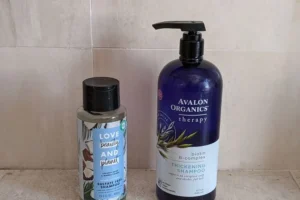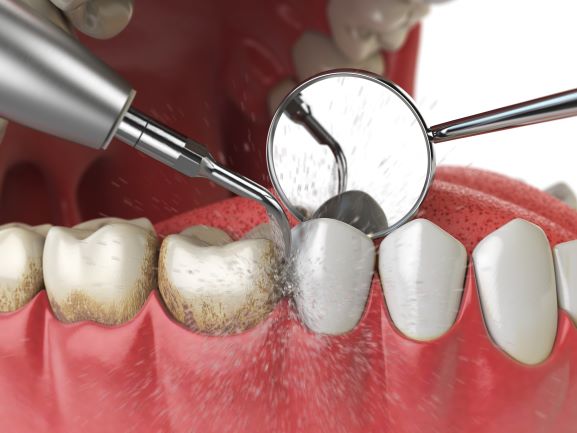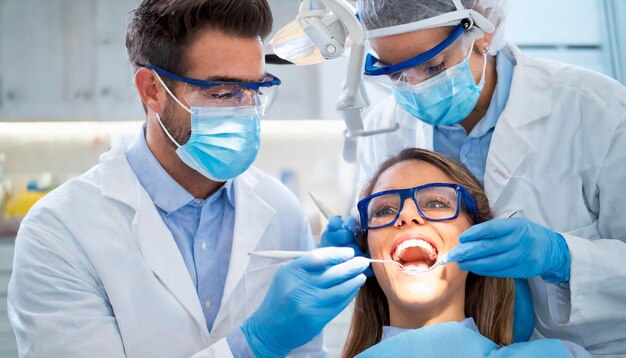Maintaining good oral hygiene is crucial for a healthy smile, and one of the most common challenges people face is plaque buildup on their teeth. Plaque is a sticky film of bacteria that forms on your teeth and can lead to serious dental issues like cavities, gum disease, and bad breath if not removed regularly. The good news is that you can take steps to remove plaque from your teeth at home effectively. In this article, we’ll explore various methods and tips on how to remove plaque from teeth at home, helping you keep your teeth clean and your smile bright.
Understanding Plaque: What Is It and Why Does It Matter?
Before diving into how to remove plaque from teeth at home, it’s important to understand what plaque is and why it’s essential to control it. Plaque is a soft, colorless, and sticky film that forms on your teeth and along the gumline. It contains bacteria that feed on sugars from the food and drinks you consume. As the bacteria metabolize these sugars, they produce acids that can erode tooth enamel and cause cavities.
If plaque is not removed regularly, it can harden into tartar (also known as calculus), which is much more difficult to remove and can only be cleaned by a dental professional. Tartar buildup can lead to gum inflammation, known as gingivitis, and eventually progress to more severe gum disease, called periodontitis, which can result in tooth loss.
Daily Brushing: The First Line of Defense Against Plaque
One of the most effective ways to remove plaque from teeth at home is through regular brushing. Here’s how to brush your teeth properly to ensure you’re effectively removing plaque:
- Use a Soft-Bristled Toothbrush: A soft-bristled toothbrush is gentle on your gums and can effectively clean the surfaces of your teeth without causing damage.
- Brush Twice a Day: Make sure to brush your teeth at least twice a day—once in the morning and once before bed. This helps remove plaque that has formed throughout the day.
- Use Fluoride Toothpaste: Fluoride toothpaste strengthens tooth enamel and helps prevent cavities by making your teeth more resistant to plaque acids.
- Brush for Two Minutes: Spend at least two minutes brushing your teeth, ensuring you clean all surfaces—outer, inner, and chewing surfaces.
- Don’t Forget the Gumline: Plaque often accumulates along the gumline, so make sure to angle your toothbrush at a 45-degree angle to reach this area effectively.
Flossing: Reaching Where Your Toothbrush Can’t
While brushing is crucial, it’s not enough to remove plaque from between your teeth and below the gumline. Flossing is an essential step in how to remove plaque from teeth at home. Here’s how to do it correctly:
- Use Enough Floss: Cut a piece of floss about 18 inches long. Wrap most of it around your middle fingers, leaving a couple of inches to work with.
- Slide the Floss Between Your Teeth: Gently slide the floss between your teeth, making sure to go below the gumline.
- Curve the Floss Around Each Tooth: Once the floss is between your teeth, curve it into a C-shape around each tooth and slide it up and down.
- Use a Clean Section for Each Tooth: As you move from tooth to tooth, use a fresh section of floss to avoid transferring plaque back into your mouth.
Mouthwash: An Extra Layer of Protection
Using an antibacterial mouthwash can be a helpful addition to your oral hygiene routine, providing extra protection against plaque. Mouthwash helps reduce the number of bacteria in your mouth, preventing plaque from forming. Here’s how to incorporate mouthwash into your daily routine:
- Choose an Antibacterial Mouthwash: Look for a mouthwash that specifically targets bacteria and plaque.
- Rinse After Brushing and Flossing: Use mouthwash after brushing and flossing to rinse away any remaining plaque and bacteria.
- Follow the Instructions: Always follow the instructions on the mouthwash label, typically rinsing for about 30 seconds.
Diet: What You Eat Affects Plaque Formation
Your diet plays a significant role in how much plaque forms on your teeth. To minimize plaque buildup, consider the following dietary tips:
- Limit Sugary and Starchy Foods: Bacteria in plaque thrive on sugars and starches. Reducing your intake of sugary snacks, sodas, and starchy foods can help decrease plaque formation.
- Eat Crunchy Fruits and Vegetables: Crunchy fruits and vegetables like apples, carrots, and celery can help clean your teeth naturally by stimulating saliva production, which helps wash away food particles and plaque.
- Drink Water After Meals: Drinking water after eating can help rinse away food particles and prevent plaque from forming.
Oil Pulling: An Ancient Practice for Modern Plaque Control
Oil pulling is an ancient Ayurvedic practice that involves swishing oil in your mouth to remove toxins and bacteria. While scientific evidence is limited, some people find it helpful in reducing plaque. Here’s how to do it:
- Choose Your Oil: Coconut oil is a popular choice due to its antibacterial properties, but sesame or sunflower oil can also be used.
- Swish for 15-20 Minutes: Take about a tablespoon of oil and swish it around your mouth for 15-20 minutes. Be sure not to swallow the oil, as it contains the bacteria and toxins you’re trying to remove.
- Spit It Out and Rinse: After swishing, spit the oil into a trash can (not the sink, as it can clog pipes). Rinse your mouth with warm water and brush your teeth as usual.
Baking Soda: A Natural and Effective Plaque Remover
Baking soda is another home remedy that can help remove plaque from teeth. Its mild abrasiveness helps scrub away plaque, while its alkaline nature neutralizes acids in your mouth. Here’s how to use baking soda to remove plaque:
- Make a Paste: Mix a small amount of baking soda with water to create a paste.
- Brush Gently: Dip your toothbrush into the paste and brush your teeth gently for about two minutes. Be sure not to brush too hard, as baking soda can be abrasive and damage your enamel if used too aggressively.
- Rinse Thoroughly: After brushing, rinse your mouth thoroughly with water.
Regular Dental Checkups: The Ultimate Plaque Control
While these methods can help you remove plaque from teeth at home, regular dental checkups are essential for maintaining your oral health. Your dentist can remove tartar that has hardened on your teeth and provide a professional cleaning that’s more thorough than what you can do at home.
- Visit Your Dentist Twice a Year: Aim to visit your dentist for a checkup and cleaning every six months.
- Discuss Any Concerns: If you notice any signs of plaque buildup, gum inflammation, or other dental issues, don’t hesitate to discuss them with your dentist.
Conclusion
Learning how to remove plaque from teeth at home is a key step in maintaining good oral hygiene and preventing dental problems. By incorporating regular brushing, flossing, mouthwash, and a healthy diet into your daily routine, you can effectively control plaque and keep your teeth healthy. Additionally, considering natural remedies like oil pulling and baking soda can provide extra help in your fight against plaque. Remember, though, that regular dental checkups are vital for ensuring that your teeth stay clean and healthy. With these strategies, you can enjoy a bright, healthy smile for years to come.











